40 Must-Know Facts Before You Buy A 1972 Chevelle
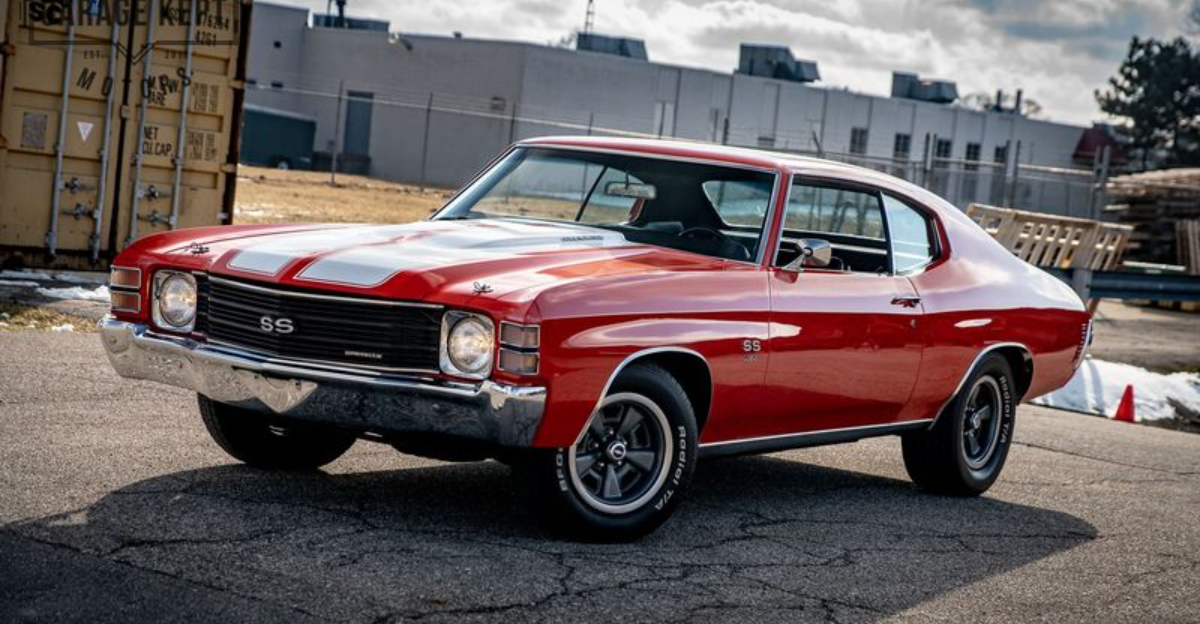
A buddy of mine once bought a ’72 Chevelle sight unseen, convinced he’d scored the deal of the decade.
He got it home, popped the hood, and found a mouse nest where the air filter should’ve been. Still swears it was worth it.
That’s the magic and madness of the 1972 Chevelle – part muscle, part mystery, with enough trim options, engine swaps, and subtle year-over-year quirks to trip up even seasoned gearheads.
Beneath that aggressive styling lurks a story that’s far from one-size-fits-all.
1. Last of the Second Generation
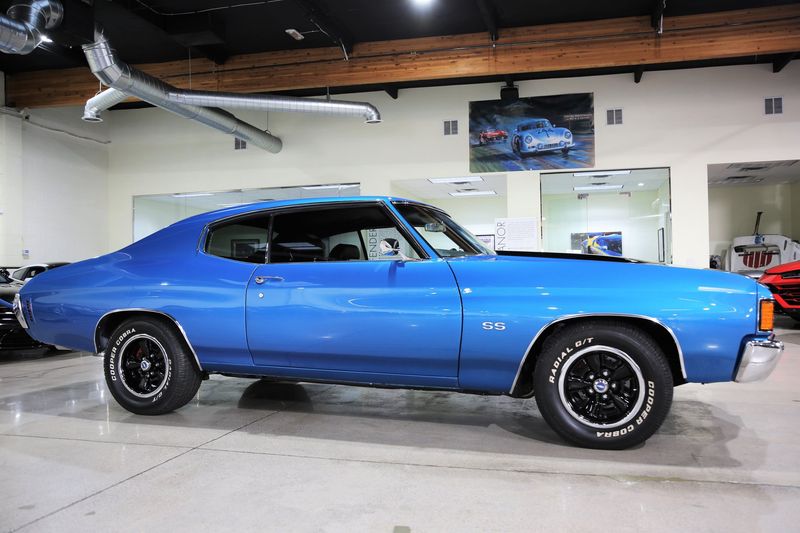
Pour one out for the end of an era! The 1972 model marked the grand finale of the second-generation Chevelle before Chevy’s complete redesign in 1973.
This final hurrah gives the ’72 a special place in collector circles.
Many enthusiasts consider this year the last of the true muscle car Chevelles before emissions regulations and the oil crisis changed everything.
Owning one means you’ve got the culmination of Chevy’s muscle car development from this legendary period.
2. Distinctive Front-End Styling

Chevy’s designers went wild with the ’72 front end, giving it a complete makeover from previous years.
Gone was the dual headlight setup, replaced with a cleaner, more modern single-headlight-per-side arrangement that screams early 70s style.
The grille received special attention too, with its distinctive split design that car spotters use to immediately identify the ’72 from its siblings.
These styling changes make the ’72 instantly recognizable even to casual observers at car shows.
3. Single Headlight Design

Kiss goodbye to the dual headlight setup! The ’72 Chevelle sports a clean, single headlight per side that transformed the car’s face completely.
This one-year-only arrangement gives the ’72 a unique identity in the Chevelle family.
Surrounded by those distinctive bezels, these headlights create a focused, intense look – like the car is staring you down at a stoplight.
Finding original headlight assemblies can be challenging today, so inspect them carefully when shopping.
4. Split Grille Revolution

Holy chrome, Batman! The split grille on the ’72 was a dramatic departure that gave this Chevelle its most recognizable face.
Divided right down the middle, this design element became an instant classic.
Chrome surrounds the entire grille assembly, creating a bold statement that screams early 70s automotive fashion.
If you’re examining a potential purchase, check this area carefully – reproduction grilles often lack the precise fit and finish of factory originals.
5. Farewell to True Muscle
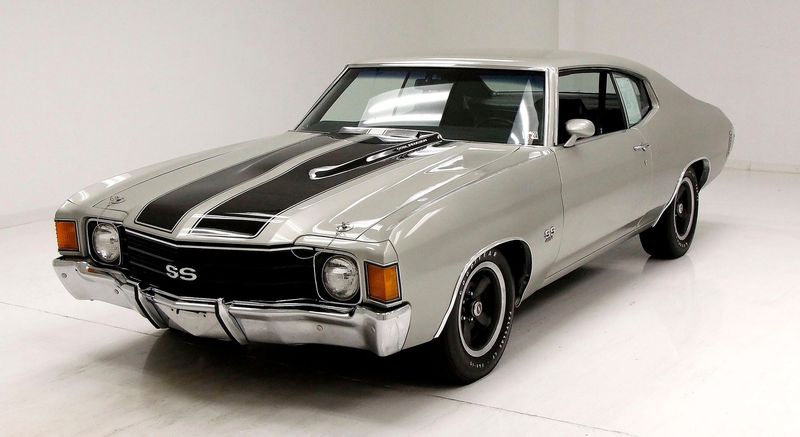
Pour another one out for muscle car history! The ’72 Chevelle represents the last gasp of the true high-compression muscle car era before emissions choked the life out of performance.
Starting in 1973, stricter regulations and unleaded fuel requirements would dramatically reduce power outputs across the industry.
The ’72 still packed a punch with its optional 454 V8, though rated with the new more realistic “net” horsepower ratings instead of the optimistic “gross” figures of earlier years.
6. Trim Level Variety Show
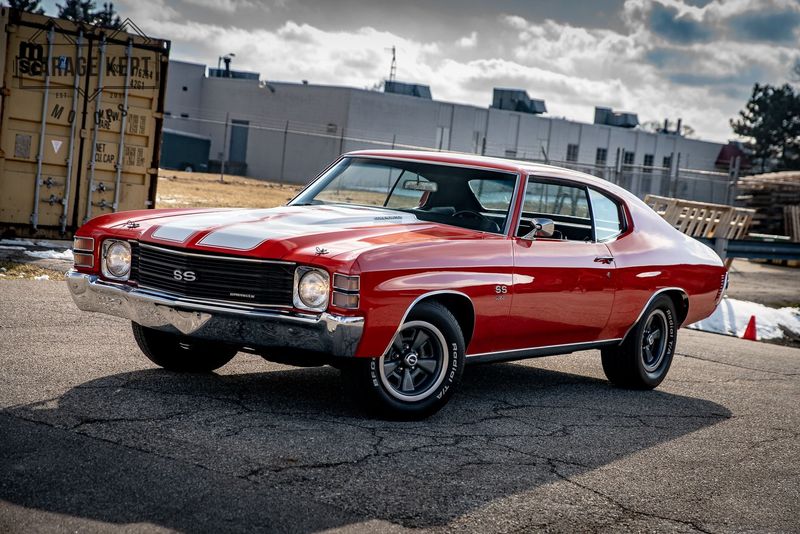
Choices, choices everywhere! The ’72 Chevelle came in more flavors than an ice cream shop – from the bare-bones base model to the luxurious Malibu and the muscle-bound SS package.
Each trim level offered different standard features, interior appointments, and exterior trim.
Base models were pretty sparse by today’s standards, while Malibus added comfort touches like better upholstery and additional trim. Knowing which trim you’re buying affects both value and restoration costs.
7. SS Package Mystery
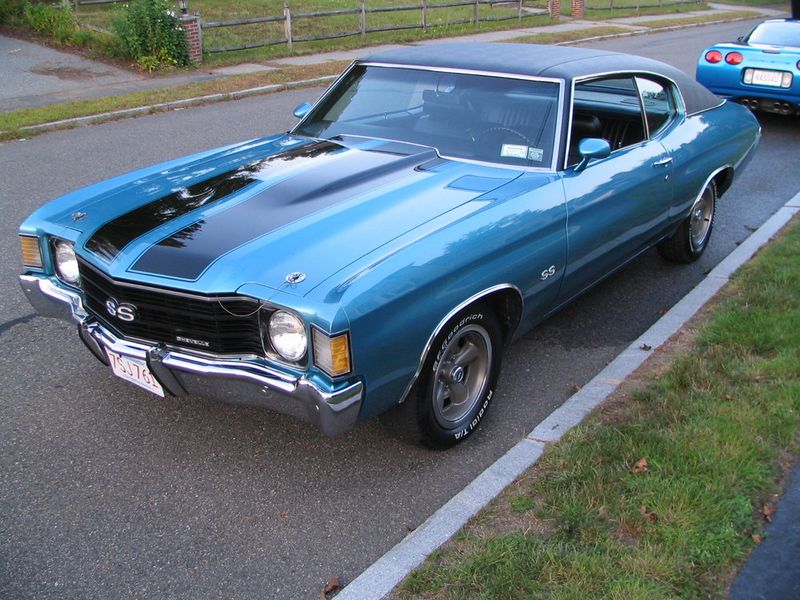
Plot twist in muscle car history! By 1972, the legendary SS badge wasn’t a separate model but rather an appearance package that could be added to the Malibu.
This creates confusion among buyers even today. Many so-called SS Chevelles on the market are actually clones – regular Malibus dressed up with SS badges and trim.
Authenticating a true SS requires checking the build sheet or cowl tag codes. Without documentation, you might be paying SS prices for a dressed-up Malibu!
8. The 396 That Wasn’t
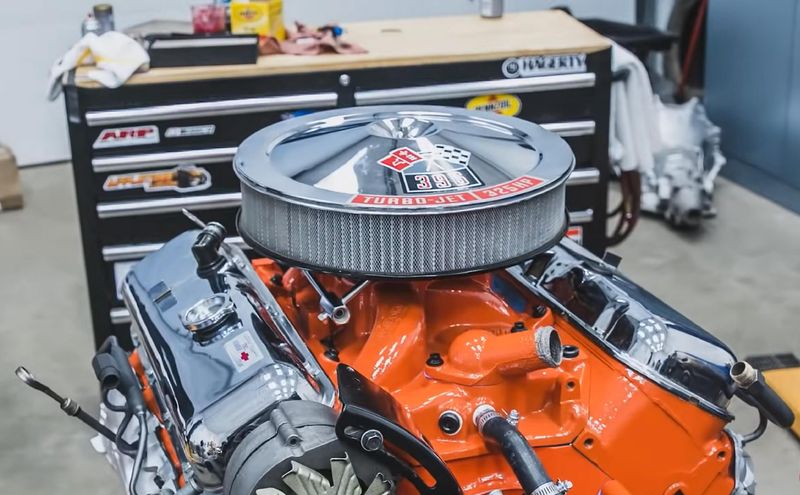
Automotive marketing trickery at its finest! Though Chevy advertised the big block V8 as a 396, it actually displaced a full 402 cubic inches by 1972.
They kept the 396 name for brand recognition despite the engine growing in size. This little bit of numerical deception continues to confuse newcomers to the classic car world.
The engine still wore “396” badges even though no true 396 was installed in ’72 models. When shopping, remember you’re actually getting more engine than the badge suggests!
9. King of the Hill 454
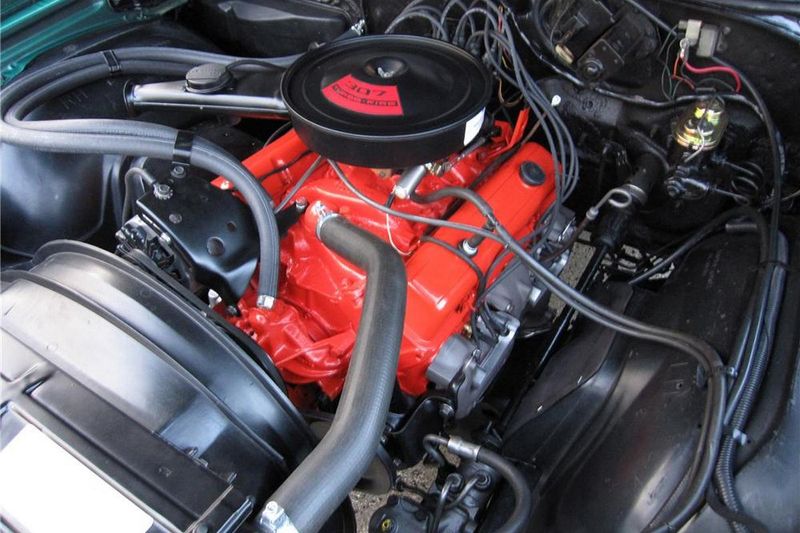
Horsepower hunters, take note! The mighty 454 cubic inch V8 sat at the top of the Chevelle engine hierarchy in ’72, though it was rated at just 270 net horsepower – a far cry from the advertised 450 gross hp of earlier LS6 versions.
Despite the lower rating, these engines still delivered massive torque and quarter-mile credibility.
Finding a genuine 454-equipped Chevelle today is increasingly difficult and commands significant price premiums. Always verify the engine’s authenticity through block casting numbers and documentation.
10. Humble Six-Cylinder Option

Not every Chevelle was a tire-smoking monster! The base engine was actually a modest 250 cubic inch inline-six cylinder putting out a gentle 110 horsepower.
Economy-minded buyers often chose this option. These six-cylinder Chevelles are much rarer finds today because most have been converted to V8s over the years.
If originality matters to you, a numbers-matching six-cylinder car can be an interesting and more affordable entry into Chevelle ownership.
11. Automatic Transmission Choices

Shifting priorities! Chevelle buyers in ’72 could choose between two Turbo-Hydramatic automatic transmissions depending on their engine choice.
The TH350 was paired with smaller engines, while the beefier TH400 handled the big block V8s.
Both were three-speed automatics, but the TH400 was substantially stronger to manage the torque of the 402 and 454 engines.
When examining a potential purchase, transmission fluid condition can reveal much about the car’s maintenance history – clean, red fluid is what you want to see.
12. Manual Muncie Magic
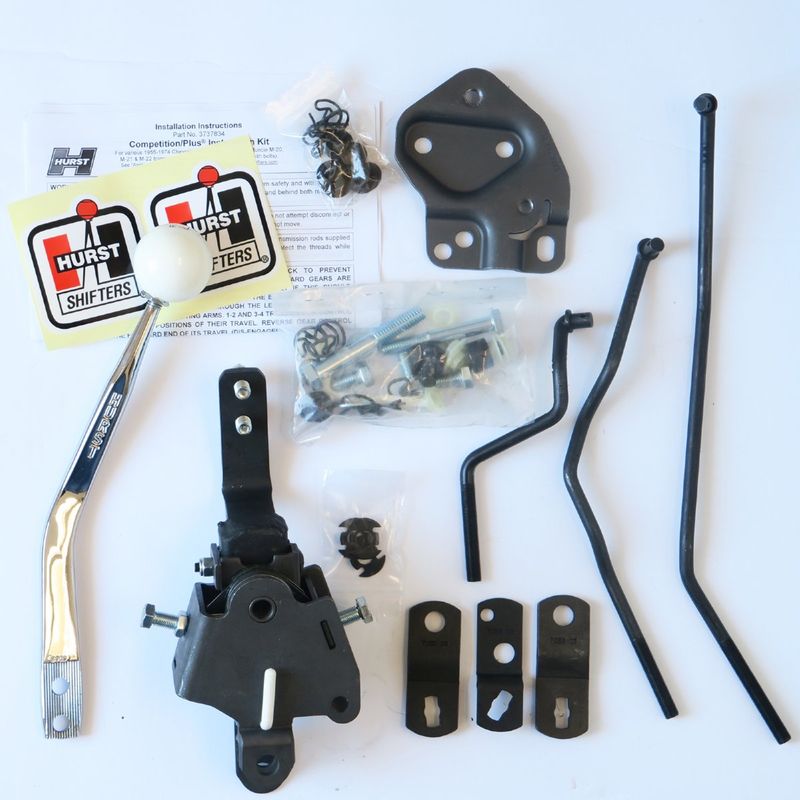
Row-your-own enthusiasts rejoiced! The legendary Muncie 4-speed manual transmission was optional on V8 Chevelles, giving drivers complete control over the power band.
These rock-solid gearboxes are highly coveted today. Identified by their distinctive side cover with 4 bolts in an asymmetrical pattern, Muncies came in different strength ratings.
The M22 “Rock Crusher” heavy-duty version was the holy grail for performance enthusiasts. Finding a Chevelle with its original Muncie still intact adds significant value.
13. Rare Cowl Induction Hood

Breathe deep, muscle car fans! The functional cowl induction hood was a rare and desirable option that fed cool outside air directly into the engine when the driver mashed the accelerator.
This wasn’t just for looks – it provided a genuine performance advantage.
The rear-facing scoop opened automatically via vacuum when the throttle was opened wide.
Original cowl induction hoods are among the most valuable Chevelle parts today, with many reproductions on the market. Verifying authenticity requires checking stampings and documentation.
14. Hood Pin Security System

Safety first, 70s style! SS models came equipped with functional hood pins that added both a racing-inspired look and genuine security for the hood at high speeds.
These weren’t just decorative – they provided additional protection against hood fly-up. The pins passed through brackets mounted to the radiator support and secured with cotter pins.
Many hood pins seen today are aftermarket additions to non-SS models. Original equipment pins had a specific look and mounting style that’s hard to replicate perfectly.
15. Mirror Mirror on the Door
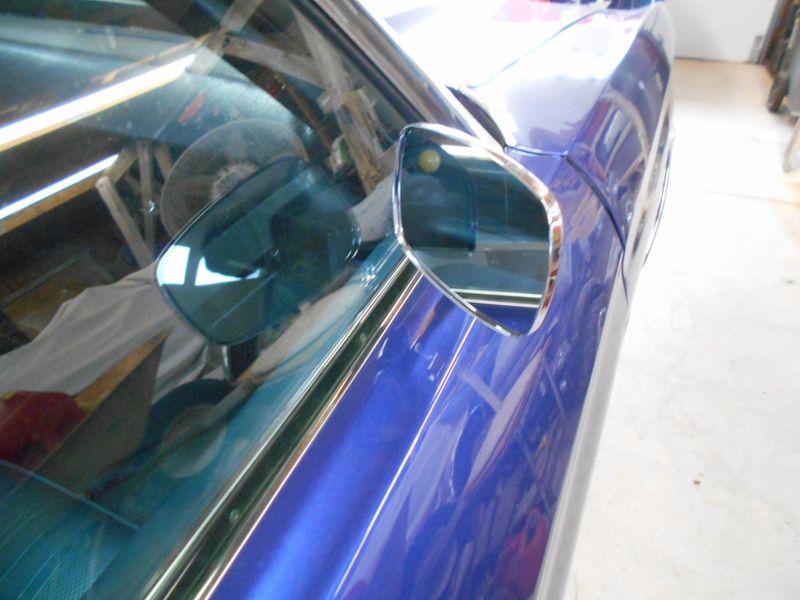
Shape matters in the Chevelle world! The ’72 models came with either round or rectangular side mirrors depending on trim level and production date.
This seemingly minor detail can be a telltale sign of authenticity when examining a potential purchase.
Base models typically featured round mirrors while higher trims got rectangular units. Some cars received a driver-side-only mirror as standard equipment, with the passenger mirror being optional.
Mirror style is one of those small details that restoration purists obsess over getting exactly right.
16. Cool Comfort Came at a Price
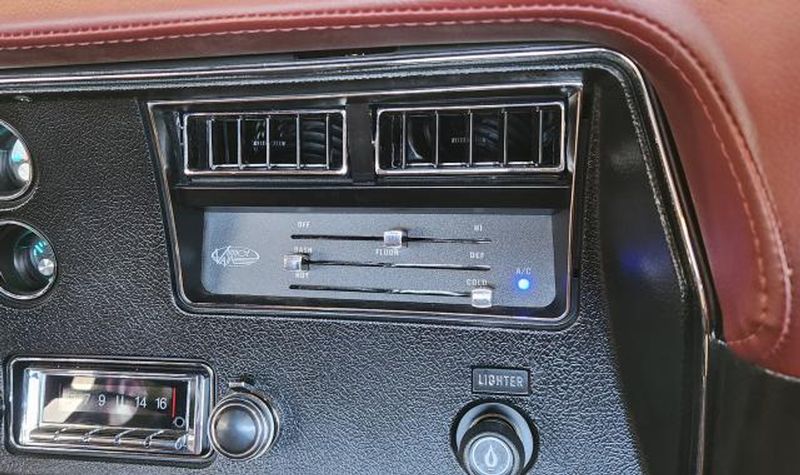
Sweating the details! Factory air conditioning was an expensive option in 1972, and many Chevelles left the dealership without it.
The A/C components take up significant engine bay space and affect the car’s performance.
Original A/C cars command higher prices today as our comfort expectations have changed. Adding A/C to a non-A/C car requires significant modification and expense.
When inspecting an A/C-equipped Chevelle, check if the system has been converted to modern refrigerant, as the original R12 is no longer available.
17. Bucket Seat Upgrade
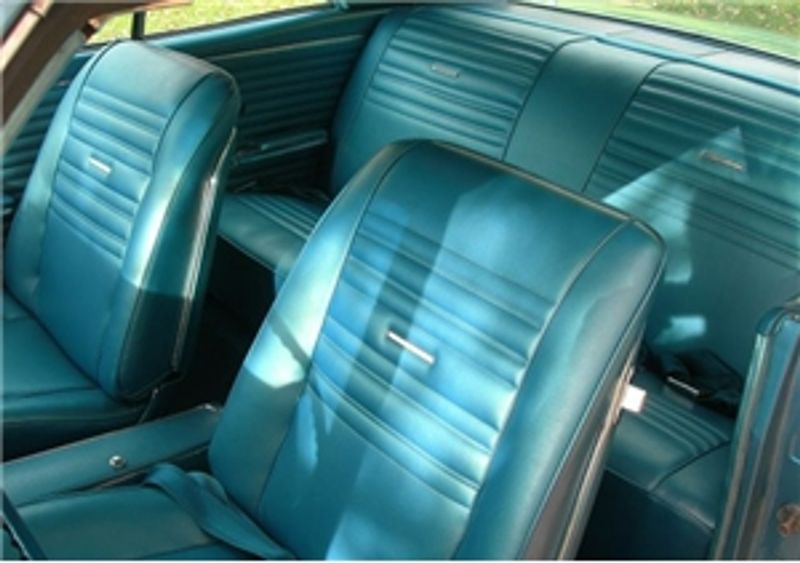
Comfort wasn’t standard! Unlike what many assume, bucket seats weren’t the default seating arrangement in ’72 Chevelles – they were an upgrade option.
Many cars came with the standard bench seat instead. Bucket seats were typically paired with the more performance-oriented packages and higher trim levels.
Finding a car with its original bucket seats in good condition is increasingly rare. Seat frames rust from below where you can’t easily see, so thorough inspection is crucial before purchase.
18. Console Rarity Factor

Center of attention! The floor console was an optional extra even on bucket seat-equipped Chevelles, not a standard feature as many assume.
This created multiple possible interior configurations for essentially the same model.
The console housed the shifter (when equipped with floor shift), storage compartment, and sometimes additional gauges.
Console-equipped cars typically bring higher values today due to their desirability and relative rarity. Reproduction consoles exist but don’t perfectly match the originals in material quality.
19. Vinyl Roof Fashion Statement

Groovy, baby! The vinyl roof option was extremely popular in 1972, giving the Chevelle a more formal, upscale appearance.
Available in several colors, this fashion-forward feature defined the era’s automotive styling.
Original vinyl tops deteriorate over time, especially when exposed to sun and weather. Many have been replaced with incorrect materials or patterns.
A proper vinyl top restoration is expensive but essential for show-quality cars. Some buyers specifically seek out the less common non-vinyl roof cars for their cleaner look.
20. Stripe Pattern Variations
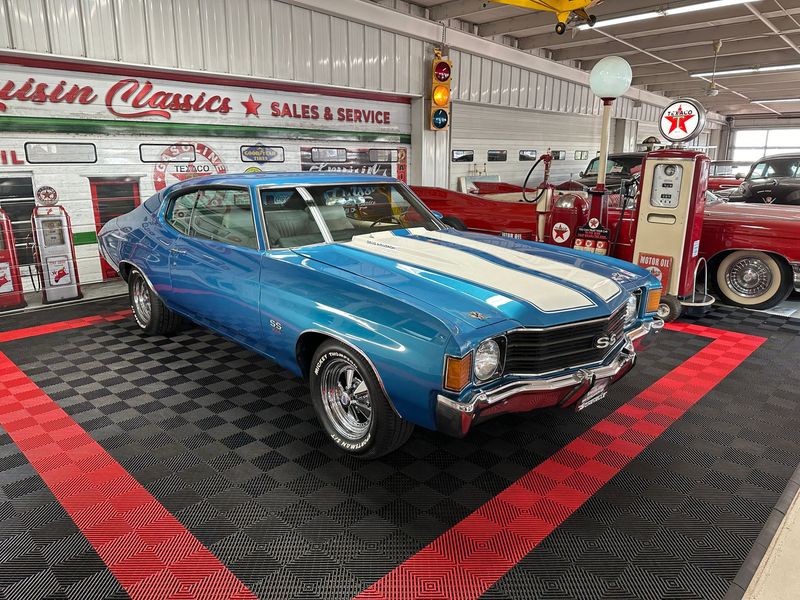
Racing stripes weren’t created equal! The SS models featured distinctive striping, but the width and exact placement varied throughout production.
Early ’72 production used different stripe patterns than later cars.
These subtle variations drive restoration experts crazy but help authenticate original cars. Factory stripes were painted on, not applied as decals like many modern reproductions.
Correct striping significantly impacts a car’s value and authenticity. When examining a potential purchase, compare the striping to factory photos from the same production period.
21. Wheel Size Matters

Factory-equipped with 14-inch wheels, the ’72 Chevelle rolled out of showrooms with what now seems like tiny donuts compared to today’s massive rims.
These smaller wheels actually contribute to the car’s classic stance and proportions.
Upgrading to modern larger wheels might look cool, but it can drastically change the driving dynamics and speedometer accuracy. Many owners stick with the original size for authenticity.
Replacement tires in the original F70-14 size are increasingly difficult to find, so budget for specialty rubber if maintaining originality matters to you.
22. Rally Wheels: The Sporty Upgrade
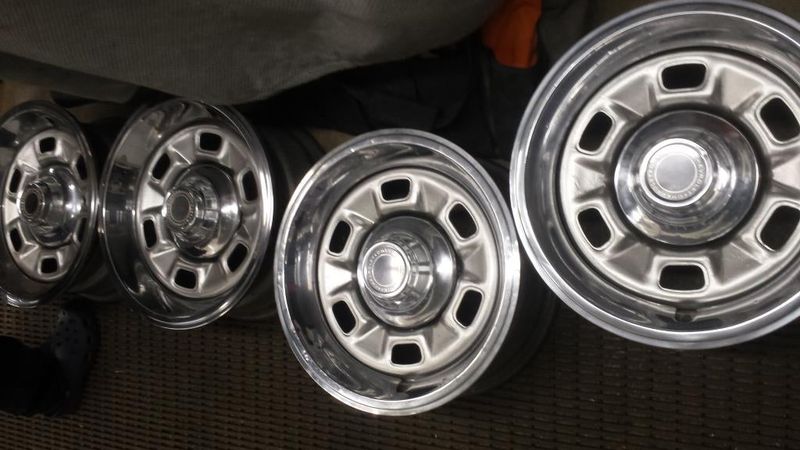
Fancy chrome Rally wheels weren’t standard equipment but transformed the Chevelle’s appearance when checked on the order form.
These distinctive rims featured a painted center with chrome outer ring and lug nuts—instantly recognizable to muscle car enthusiasts.
Original Rally wheels command premium prices in today’s collector market. Many reproductions exist but often lack the exact details that make originals special.
When inspecting a potential purchase, look for the tell-tale GM casting marks on the back of authentic Rally wheels. Counterfeits rarely get these subtle details right.
23. Axle Ratio Lottery
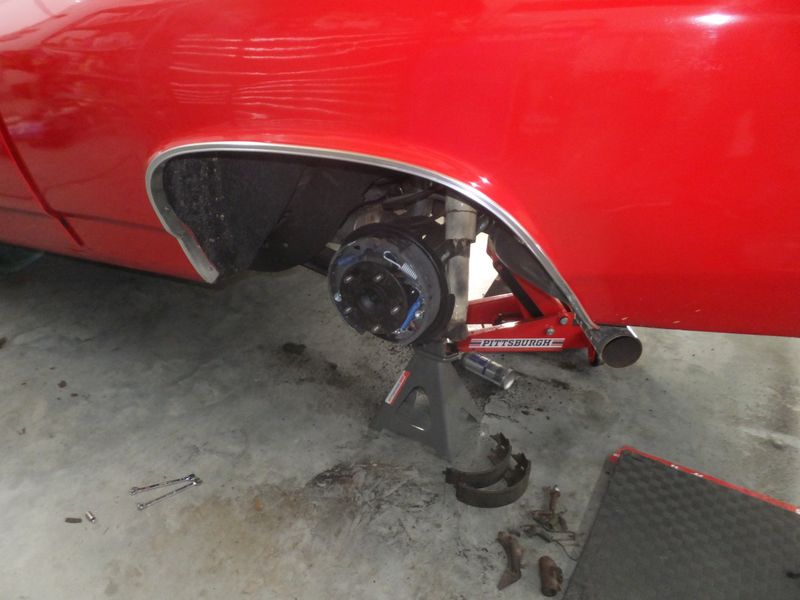
Pop quiz: what’s hiding in your Chevelle’s rear end? The factory offered multiple rear axle ratios depending on which engine lurked under the hood.
Performance-minded buyers could score numerically higher ratios for neck-snapping acceleration.
Economy-focused 2.73:1 ratios came with smaller engines, while muscle-minded setups received 3.31:1 or even tire-shredding 4.10:1 gears.
This seemingly minor detail dramatically affects how your classic drives today.
Decoding the VIN and build sheet reveals the original ratio, but many cars have been swapped over the decades. Verify what’s actually installed before making purchase decisions.
24. The Sweet Sound of Dual Exhaust
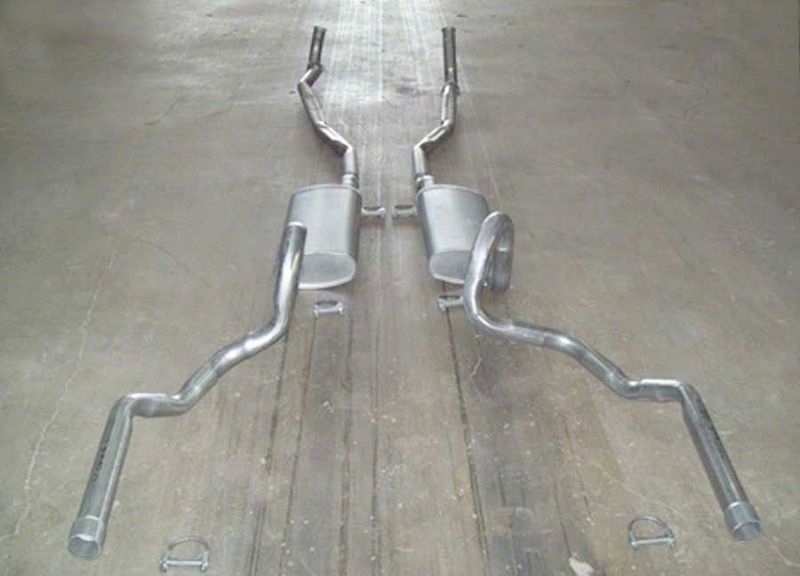
Nothing beats the rumbling symphony of a V8 breathing through dual exhaust pipes! Though not standard on all models, this factory option transformed both performance and soundtrack of the mighty Chevelle.
Original exhaust systems featured distinctive mufflers with resonators that created that signature Chevrolet burble.
Modern replacements often sound more aggressive but less authentic to discerning ears.
Check underneath any potential purchase—many single-exhaust cars have been retrofitted with aftermarket dual systems.
25. Stopping Power: Optional Disc Brakes
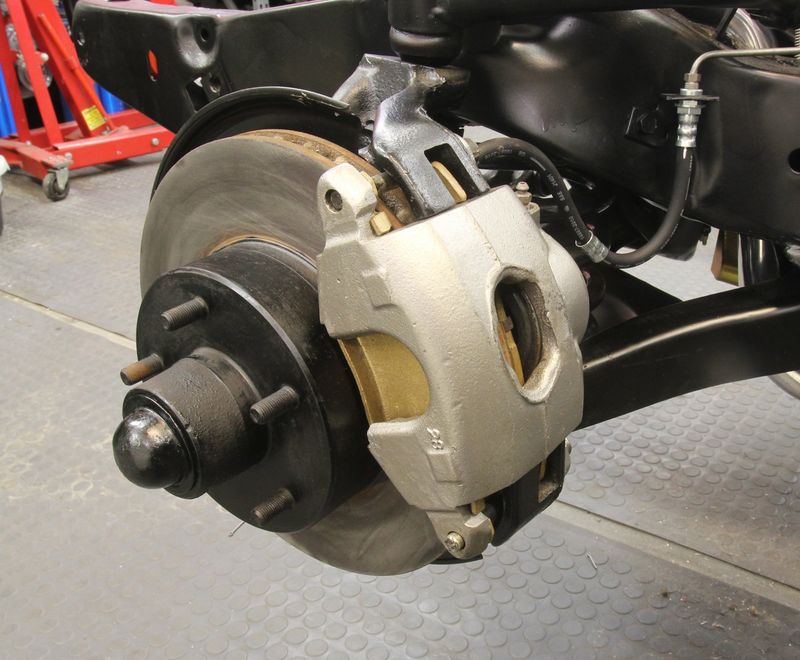
Barreling down the highway in your two-ton American muscle machine, you’ll thank the automotive gods if your Chevelle came equipped with front disc brakes.
This critical safety upgrade wasn’t standard equipment in 1972! The optional J50 disc brake package provided significantly improved stopping power over the standard drums.
Spotting a disc-equipped car is easy—just look for the master cylinder’s larger reservoir under the hood.
Many surviving Chevelles have been retrofitted with modern disc brake conversions. While not original, these upgrades make these classics much safer to drive in today’s traffic conditions.
26. Drums in the Rear: Universal Standard
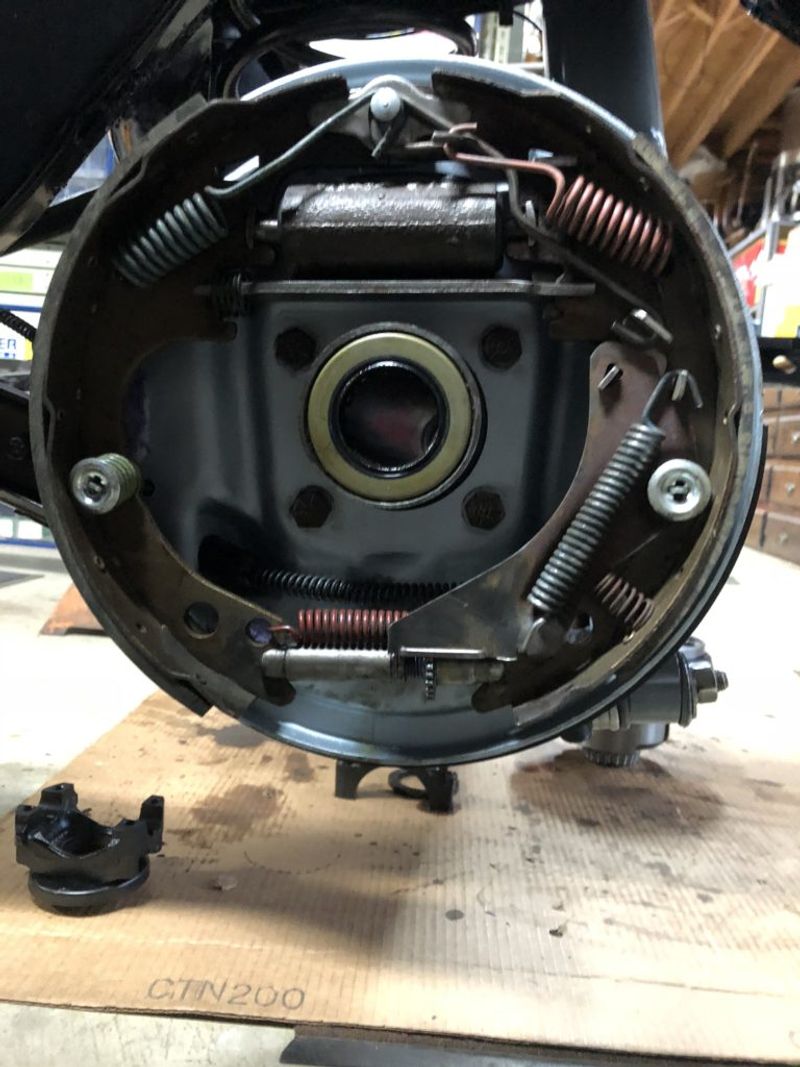
Slam on the brakes in your ’72 Chevelle and you’ll feel decades of automotive evolution!
While front discs might have been optional, every single 1972 Chevelle rolled out of the factory with drum brakes on the rear wheels. These 9.5-inch drums were actually quite effective for their era.
The self-adjusting mechanism required regular maintenance that many owners neglected, leading to poor braking performance in surviving examples.
When shopping for your classic, check for telltale fluid leaks around the drums and test the parking brake thoroughly. Frozen or seized rear brake components indicate potential expensive repairs in your future.
27. Gauge Cluster Roulette
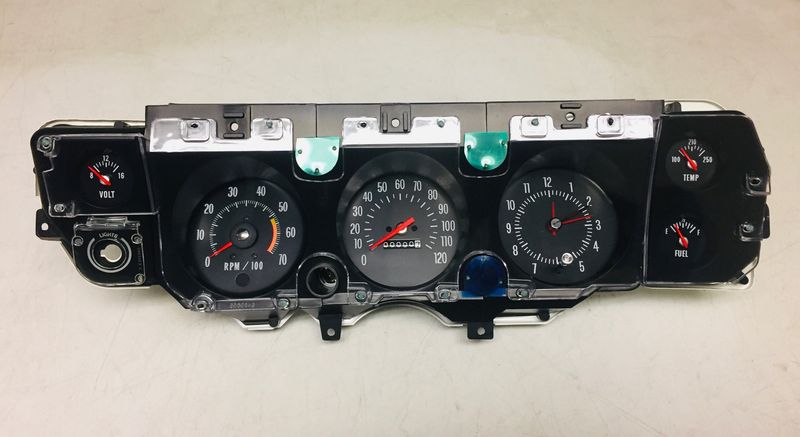
Glance at the dashboard of a ’72 Chevelle and you might see anything from bare-bones simplicity to race-inspired instrumentation.
The coveted U14 special instrumentation package brought a tachometer and additional gauges that transformed both functionality and appearance.
Base models made do with a simple speedometer and fuel gauge. Finding a car with the original U14 package intact adds both value and driving enjoyment.
Many owners retrofitted aftermarket gauges over the years, often drilling holes in the original dash.
28. The Great Horsepower Deception

Feeling bamboozled by the horsepower numbers? You’re not alone! The 1972 model year marked a seismic shift in horsepower ratings across the industry—moving from optimistic “gross” figures to more realistic “net” measurements.
Same engines suddenly lost huge chunks of advertised power overnight.
The mighty 402 cubic inch V8 (still called a 396 in Chevelle literature) dropped from 350 gross hp in 1971 to just 240 net hp in 1972.
When comparing different model years, remember this critical distinction.
29. Corporate Restrictions Destroyed the Muscle

Behind closed doors at General Motors, suits were already dismantling the muscle car era before most buyers realized what was happening.
Internal corporate edicts limited compression ratios and performance modifications across all GM brands by 1972.
These restrictions weren’t just about meeting emissions standards—GM also faced insurance and safety concerns.
Even the hottest Chevelle engines were detuned compared to earlier years. The silver lining? These corporate mandates make truly high-performance ’72 Chevelles quite rare today.
30. Emissions Equipment: The New Reality
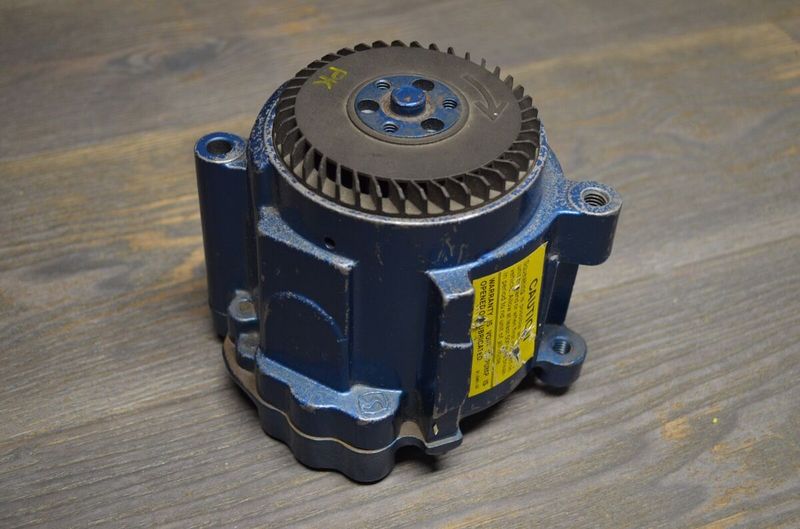
Choking under the hood of every ’72 Chevelle lurked the automotive equivalent of a ball and chain—early emissions control devices.
These primitive systems reduced performance while adding complexity, representing the awkward adolescence of environmental regulation.
Power-robbing air pumps, exhaust gas recirculation valves, and restrictive exhaust manifolds became standard equipment.
Many owners removed these components over the years, making all-original, numbers-matching examples increasingly rare. When examining potential purchases, check for tampering with emissions equipment.
31. Hidden Build Sheets Tell the Real Story

Treasure hunters rejoice! Most ’72 Chevelles have their original build sheets tucked above the gas tank or under the carpet.
These wrinkled paper time capsules reveal exactly how your car rolled off the assembly line.
Finding an intact sheet is like discovering the car’s birth certificate and can significantly boost its value. I’ve seen pristine examples fetch an extra $2,000 at auction.
Before buying, gently check these hiding spots—you might strike documentation gold that validates every factory option and original color combination.
32. Rear End Detective Work
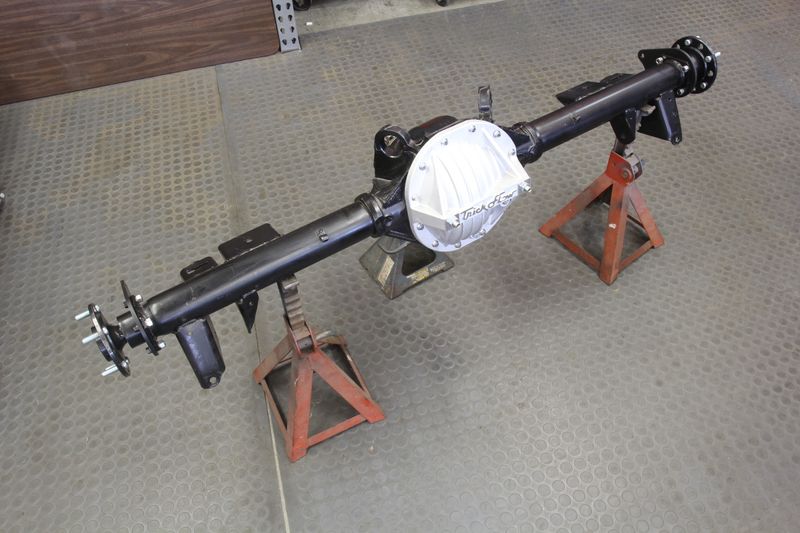
Pop underneath that beauty and play detective with the rear axle! The 10-bolt rear end came standard on most models, while performance-oriented Chevelles scored the beefier 12-bolt.
Spotting the difference requires counting the bolts on the differential cover—simple math that makes a world of difference.
The 12-bolt commands respect among enthusiasts and significantly impacts resale value. Many sellers don’t know what’s under there or might deliberately mislead you. Bring a flashlight and get dirty!
33. Cowl Tag Secrets
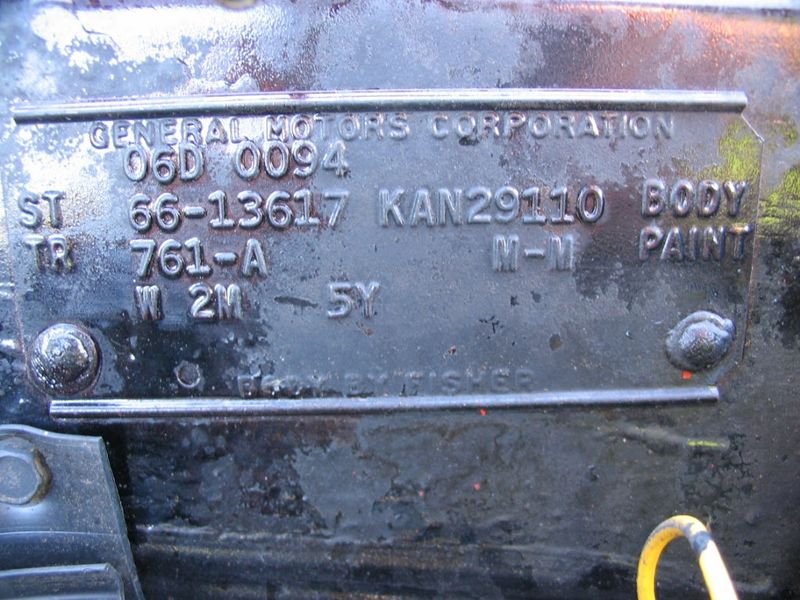
Nestled under the dashboard on the driver’s side firewall lurks the all-important trim tag. This small metal rectangle speaks volumes about your potential purchase’s authenticity!
Factory paint codes, build date, interior trim specifications—it’s all there stamped in metal.
Scammers often swap these tags when creating fake SS models, so bring a flashlight and a trim tag decoder guide.
Look for scratches around mounting screws or mismatched rivets—dead giveaways of tampering.
34. VIN Decoding Magic
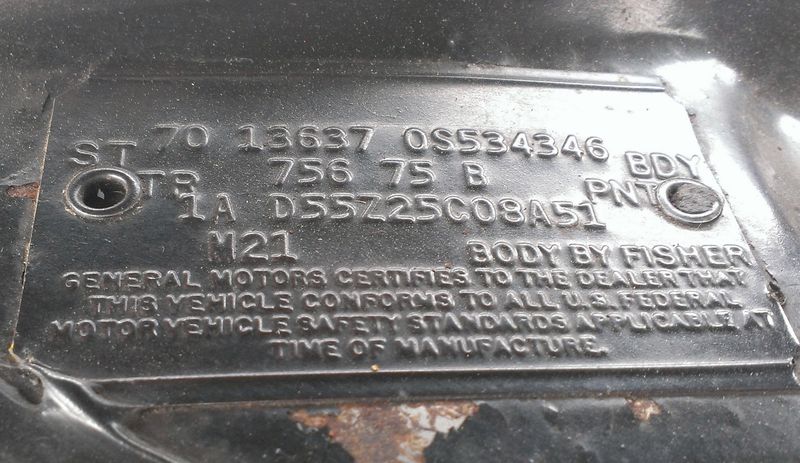
Every legitimate ’72 Chevelle starts its VIN with “1D”—the automotive equivalent of a secret handshake.
That “1” represents Chevrolet, while “D” specifically identifies the Chevelle series.
The fifth character reveals the original engine type, a crucial detail for authenticity. Memorize this: K=small block 350, W=big block 402, and U=massive 454 engines.
Canadian-built SS models sometimes include “SS” within the VIN itself, unlike their American counterparts!
35. Rainbow of Interior Options

Forget the boring black interiors of modern cars! The ’72 Chevelle offered a psychedelic array of interior colors that would make a fashion designer blush.
Saddle, green, blue, black, white, and even purple adorned these classic cabins.
Many surviving examples have faded dramatically or been reupholstered with incorrect materials. Original interior components command serious premiums in the collector market.
Examine headliners, door panels, and especially the dash for cracks—these parts are increasingly difficult to source.
36. The Canadian SS Connection
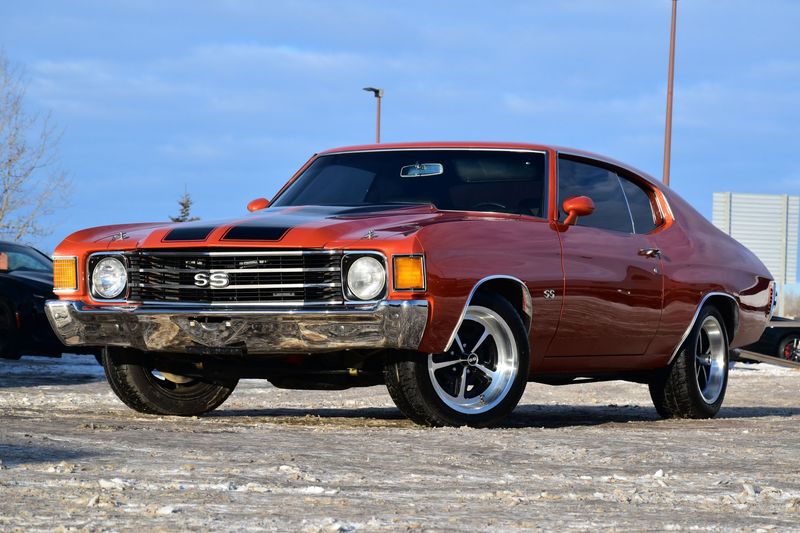
Maple leaf magic! Canadian-built Super Sports followed different rules than their American siblings.
While U.S. models required decoder rings to identify genuine SS packages, Canadian Chevelles brazenly displayed “SS” right in their VINs.
These northern beauties rolled out of the Oshawa, Ontario plant with subtle differences in trim, badges, and even some mechanical components.
If you stumble across one, verify its authenticity through the GM Heritage Center. Canadian documentation differs slightly from U.S. paperwork.
37. Bench Seat Bonanza

Forget sporty bucket seats—many regular ’72 Chevelles left the factory with full-width bench seats!
These family-friendly thrones accommodated three passengers up front, perfect for that special someone who wanted to slide over close during evening cruises.
Most non-SS models featured these practical benches, often trimmed in durable vinyl that somehow survives decades of use. The column-shifted automatic complements this setup perfectly.
Bench-equipped cars typically sell for slightly less than their bucket-seat siblings, making them budget-friendly entry points into Chevelle ownership.
38. Convertible Rarity Factor
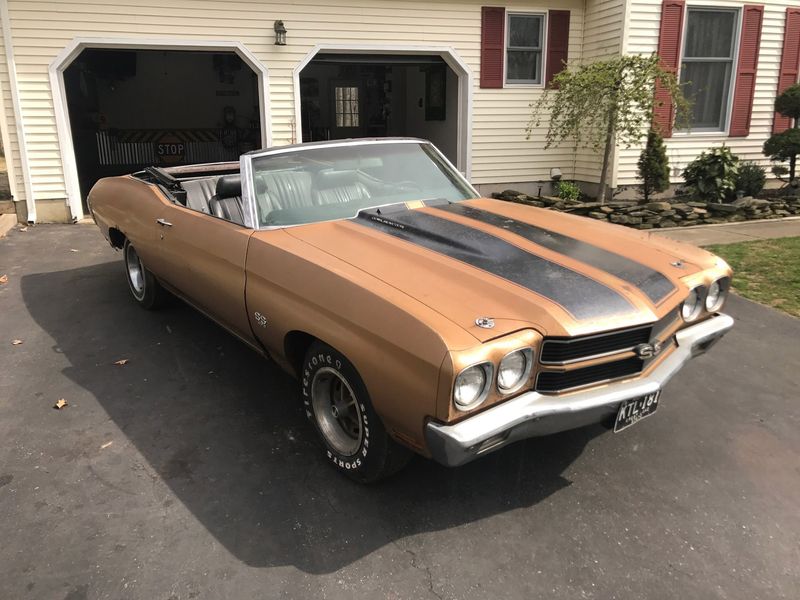
Ragtop hunters, prepare for sticker shock! The ’72 Chevelle convertible represents one of the rarest body styles, with fewer than 5,000 units produced as the convertible market was rapidly shrinking.
These sunshine cruisers command a hefty premium—often 40-60% more than equivalent hardtops.
The convertible top mechanism requires thorough inspection, as replacement parts are scarce and repairs labor-intensive.
Check for water damage in the trunk, floors, and interior—these areas reveal whether the top has been properly maintained. A properly functioning power top should operate smoothly without hesitation.
39. Production Numbers Game

Would you believe over 600,000 Chevelles rolled off assembly lines in 1972? That massive number explains why they remain relatively attainable compared to other muscle cars of the era.
However, those numbers are deceiving! Most were mundane four-door sedans or wagons, not the coveted SS coupes. The high-performance variants represent just a small fraction of production.
Malibu-badged hardtops numbered around 124,000, while genuine SS models were far scarcer. This production volume affects parts availability and restoration costs.
Common models mean affordable mechanical parts, while rare trim pieces for specific models might require extensive searching and deep pockets.
40. The Rust Monster’s Favorite Meal
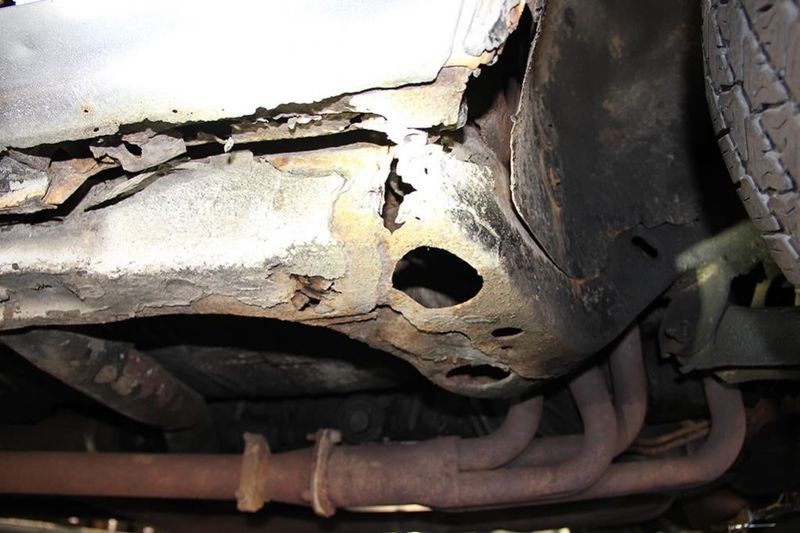
Frame rust represents the Chevelle’s mortal enemy! These cars featured full frames that could silently deteriorate while the body still looked presentable. Bring a flashlight and screwdriver to probe suspicious areas.
Prime rust zones include frame rails near the rear wheels, floor pans, trunk floors, and especially the cowl area where the windshield meets the hood.
Water drainage channels around the windshield frequently clog, causing insidious hidden deterioration.
Extensive frame rust can render a seemingly beautiful car essentially worthless from a safety perspective. Major structural repairs often exceed $10,000 and require specialized equipment and expertise.
